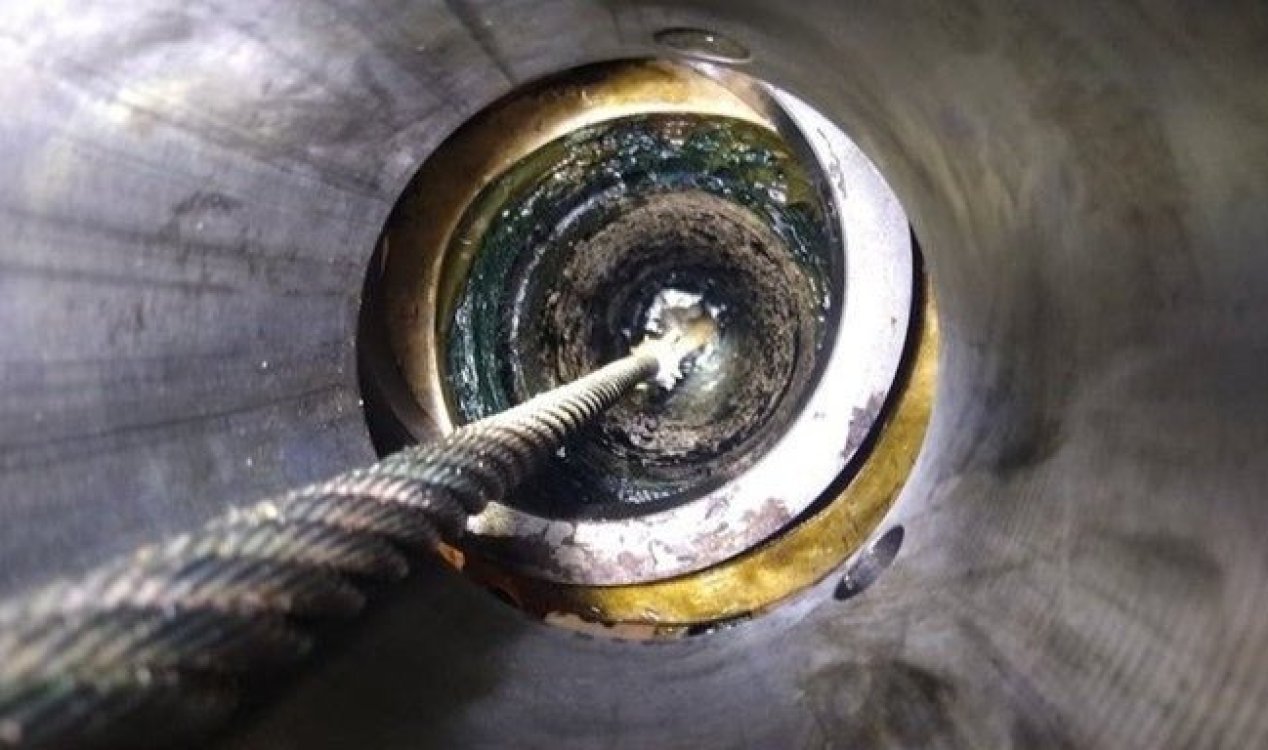Beginning at about 1:29 AM PDT (8:29 UTC) on July 8, a swarm of small earthquakes began near the summit of Mount Rainier. The Pacific Northwest Seismic Network is locating earthquakes with the largest so far being a M1.7 at 04:52 PDT (11:52 UTC), ranging from depths of 1.2 – 3.7 miles (2-6 km) below the summit. There are hundreds of small earthquakes occurring at rates of up to several per minute at times. No earthquakes have been felt at the surface.
Mount Rainier is an active, ice-clad stratovolcano geographically located within the Mount Rainier National Park. Mount Rainier is located about 45 miles (73 km) southeast of Tacoma and 60 miles (97 km) south-southeast of Seattle in Washington State. It is the tallest peak in the Cascade Range and is covered by the greatest concentration of glaciers in the contiguous United States.
Hazards and Normal Background Activity
The most hazardous phenomena from Mount Rainier are volcanic mudflows called lahars, many of which reached as far as the now densely inhabited Puget Sound lowland. Other hazards include ash fall, pyroclastic flows, and short lava flows, however these stay well within the present limits of the National Park. Mount Rainier is considered a Very High Threat volcano according to the USGS National Volcano Warning System (NVEWS) based on many factors including the types of hazards and distance to people, property and infrastructure. The volcano has a widely distributed network of monitoring devices. Normal background levels of activity at Mount Rainier include steam and gas emissions, and low levels of seismicity.
Holocene Volcanic Activity (activity in the last 15,000 years)
Nearly all of Mount Rainier’s far-traveled lahars formed during times of eruptions, but one contains a large volume of altered rock that avalanched from Sunset Amphitheater on Mount Rainier’s upper west flank about 500 years ago with no known triggering eruption. A lahar with no known trigger is known locally as a “no-notice lahar.” Future eruptions are likely to produce lahars that could descend river valleys on any side of the volcano, but a “no-notice lahar” is also possible from the upper west flank of the volcano and could feed into the Puyallup and the Nisqually River systems. No physical evidence exists to confirm a reported but disputed eruption in 1894, nor eruptions earlier in the 18th and 19th centuries. The most recent eruption with strong geologic evidence was about 1,000 years ago.



.jpg)
 2 comments
2 comments




















.jpeg)
.jpeg)






